Illustrator and Visual Studies professor, John Jennings will be debuting the graphic novel at the Black Comic Fest at the Schomburg Center for Research in Black Culture, Jan. 13th and 14th.
“Afrofuturism is black survival. It is an affirmative aesthetic and philosophic position that questions how will we survive in the future, not if we will. It asks what do we need to know, how do we need to adapt, what knowledges do we need to take with us, what new ways of being to we need to create, and how do we retain our ancestral memory.” – Deirdre Lynn Hollman, Director of Education and Exhibitions at the Schomburg Center for Research in Black Culture, a branch of The New York Public Library.
Octavia E. Butler, one of the most recognized black science fiction writers of our time will have her most celebrated novel, Kindred available as a graphic novel for sci-fi fans and comic books enthusiasts alike.
“The thing about Octavia, she was speaking of the now – If you read Parable of the Sower, we are not that far away from it. What she was doing was pretty revolutionary”, John Jennings curator, visual studies professor and illustrator of Octavia E. Butler’s Kindred, the graphic novel told me as we talked about Butler and her best-selling book. Kindred has the perfect balance of slave narrative, sci-fi and grim fantasy that has the ability to capture a reader’s undivided attention. Finally, those vivid descriptions of saving slaves from beatings and rape are now brilliantly illustrated for us to time-travel in color.
What initially started off as a last minute submission to compete in a call-of-entry in 2007 turned into a rollercoaster ride of denial, uncertainty, and finally completion over the course of a decade for Jennings.
“…Writing yourself into existence…” – John Jennings
“Damian [Duffy] and I have been working for twelve years, we saw it at the last minute so we killed ourselves and it was due in a week, so we didn’t even have a chance to do a serious, full-blown version of it to submit,” Jennings explained. After rushing to produce something in the midst of cross-country traveling and a multitude of FedEx deliveries, they finally got an answer.
“We failed in getting the project but we were excited about it still getting made,” Jennings told me. Disappointed but not dejected, Jennings continued to work on other projects even though he remained passionate about Kindred.
Fast-forward to 2012, Jennings traveled to San Diego Comic-Con hoping to get his work picked up by editors and publishers and coincidentally ran into ABRAMS publishing. The editor at that time was impressed by his works and disclosed that they were working on a project he might be a good fit for; that project was Octavia E. Butler’s Kindred.
“I almost passed out, I was like are you serious?” Jennings joked and explained how it took about five months for this project to come together but he still endured his share of obstacles with changing editors and rights to the book. “It’s been a ride trying to get the book together but it worked out for the best”.
Kindred is an emotional book as it takes you from the present to the past without allowing time to sort out your feelings with what you just read and what you will anticipate further on in the book. It centers a black woman that time travels back to slavery to help her ancestors and she watches first-hand slave beatings, rape, and even death.
“I ended up giving up on comics honestly because I didn’t know a lot about the independent comic scene. The way I draw is cartoony; a lot of my art is influenced by fine art methods so it doesn’t look like the run of the mill superhero comic book style.” Jennings talked about how he started as a commercial artist but has grown into an interdisciplinary researcher, curator and art professor that continues to intertwine art, societal issues and identity politics together. He is also the co-founder of the Black Comic Fest at the Schomburg Center for Research in Black Culture in Harlem, New York.
“I became a curator, and I started to realize how you see yourself is being constructed in media and I starting creating spaces like the Schomburg, where people [can] economically empower themselves. It degrades your self-esteem when you don’t see yourself in mainstream culture.”
Jennings talks about intersectionality and the importance of understanding that black history is American history. We also talked about diversity and why it’s important in comics and art. I asked Jennings if he felt non-people of color can write minority characters that seem genuine and real.
“Yes, I’ve been working with Damian [Duffy] for over a decade and he’s written robust characters of color. If you actually care about your characters and do research and respect the culture you can.” Jennings, like many black creatives, wants real diversity and not just gimmick, token characters to fill in spaces just for the sake of claiming diversity.
The graphic novel will be about 100 pages shorter than the actual novel so I asked what parts were left out and how do you condense a novel of this magnitude without losing its lure?
“We had to cut out a few things but for the most part, we have all the story. We only have 200 pages to use and Kindred is over 300. Damian successfully collapsed a lot of secondary characters but Kindred is all there. You can get more depth in writing but a picture is worth a thousand words. All of Kindred is there, you get the Kindred experience,” Jennings confirmed.
Reading Kindred is an emotional rollercoaster so I could only imagine how it could affect Jennings as the process of illustrating entails drawing, sketching and inking several times over. I asked him what was the most difficult chapter and scenes to do.
“You know the second chapter – the fire. When she figures out she has time-travelled and she is trying to save her ancestors and she’s faced with the slave catchers. It was painful to read so imagine trying to articulate that in a visual interpretation. It affected me so much I started crying on the actual page I was drawing. I had to put it off, it was almost the very last part I worked on,” Jennings stated candidly.
Jennings gives us an emotional, pivotal, and entrancing visual interpretation that is moving, memorable and powerful. HIs determination on making this project tangible can be felt in the images of this graphic novel. Will there be more Octavia E. Butler graphic novels to come?
“I’m not at liberty to say at the moment, but I would hope so but I would love to see a graphic novel of Victor Lavelle,” Jennings revealed.
You can pre-order Kindred on Amazon.
-

-
Kindred By Octavia E. Butler
-

-

-

-

-


The Black Comic Fest is free to all and will be two days this year.



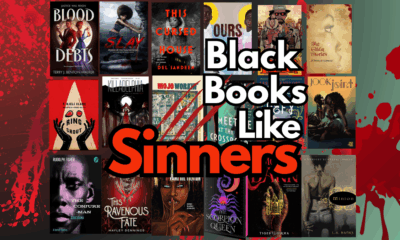
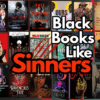
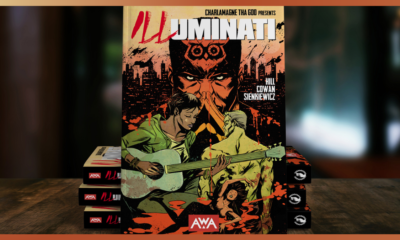

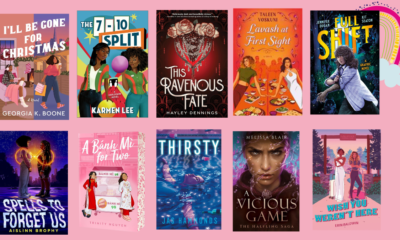

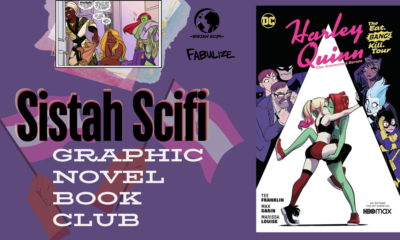

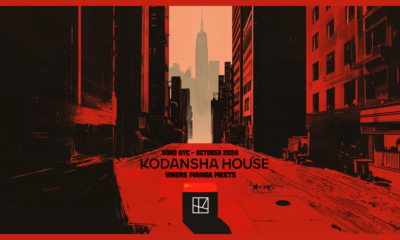

Pingback: Win copies of the Kindred and Parable of the Sower Graphic Novels – Fabulize Magazine